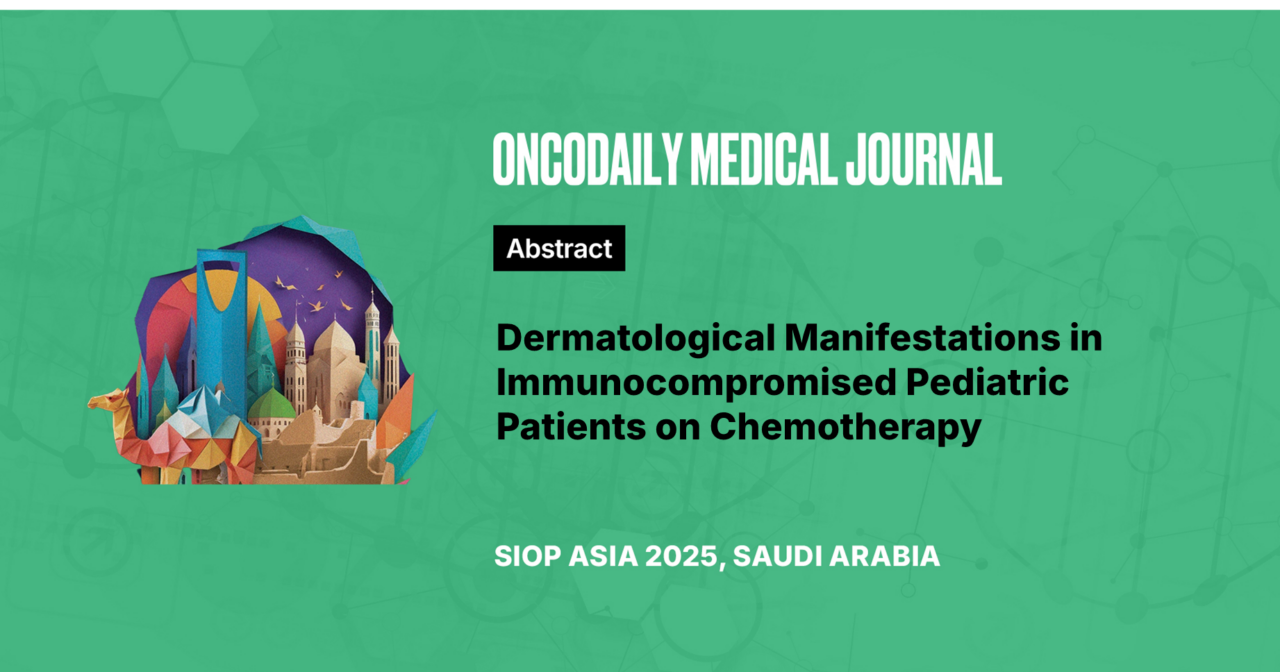Abstract
Introduction: We examined the dermatological manifestations in immunocompromised pediatric patients on chemotherapy
Methodology: Our descriptive cross-sectional study included 68 patients scheduled to receive chemotherapy at the Department of Pediatric Oncology, The Children’s Hospital, Pakistan Institute of Medical Sciences (PIMS) Islamabad between August and December 2023. The demographic and clinical information of pediatric patients were collected through history, physical examination, and laboratory tests including biopsy, fungal, and bacterial smears as required. We calculated frequency and percentage for qualitative analysis and used mean ± standard deviation (SD) for quantitative analysis.
Results: Patient’s mean age was 6.2 ± 3.3 years with 56.0% being male. The most common malignancy (47.1%) was Acute Lymphocytic Lymphoma (ALL). We found nail changes in 69.2% of patients, skin changes in 57.4% of patients, and hair changes in 42.6% of patients. Cutaneous or skin changes included maculo-papular rash (16.1%), purpuric rash (11.8%), pustular (10.3%), vesicular (7.3%), macular (6.0%) and papular (3.0%). Onycholysis was the most common nail change (31.0%). Hair changes included partial loss (13.2%), thinning (4.4%), and complete loss (25.0%). These dermatological manifestations mainly occurred within the first 30 days of chemotherapy (p-value<0.05). Skin infections were mainly viral (22.1%) or fungal (16.2%).
Conclusion: Pediatric patients on chemotherapy are at higher risk of developing dermatological manifestations, impacting their quality of life and treatment. Early diagnosis and proper management can improve outcomes.





